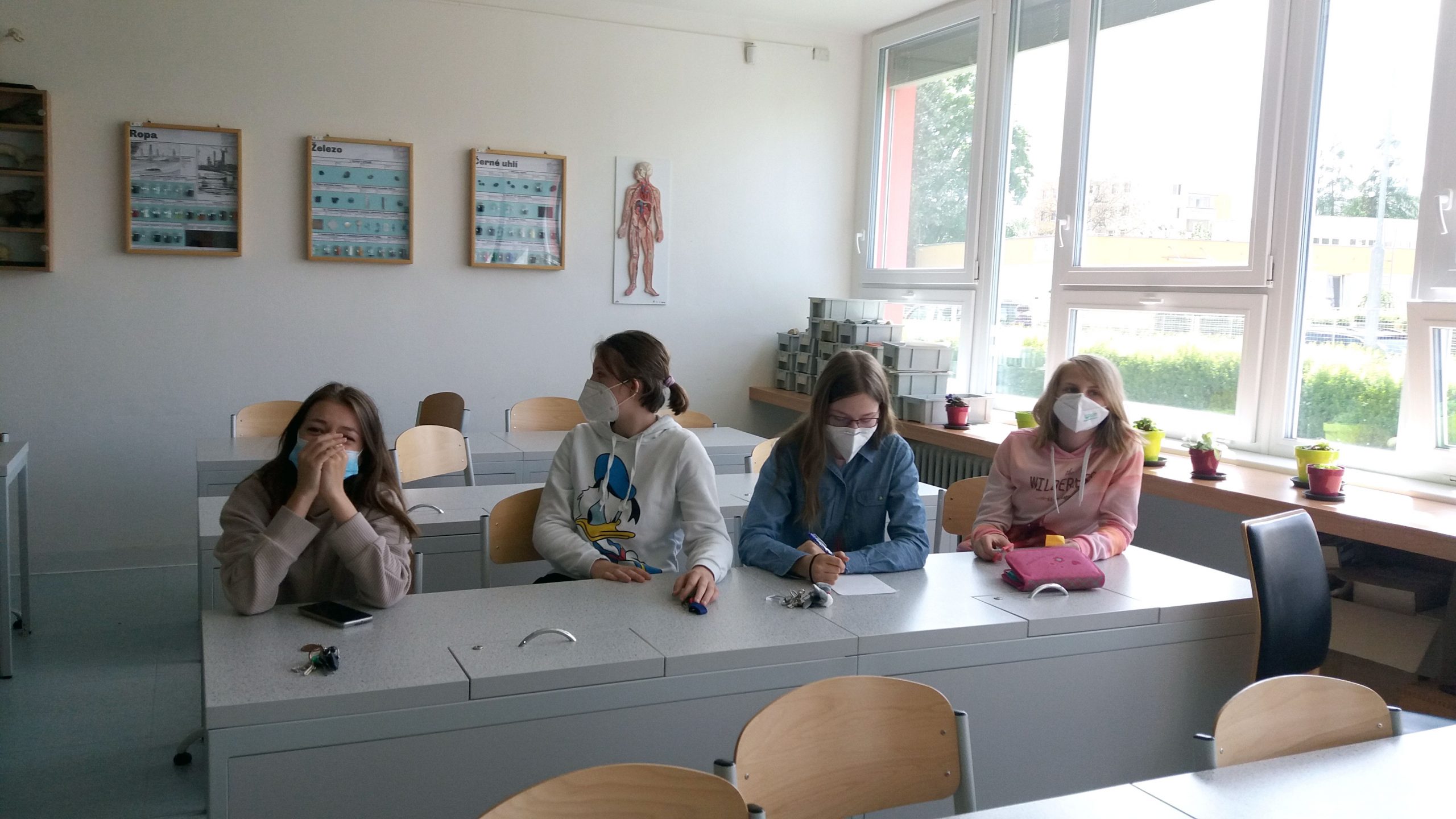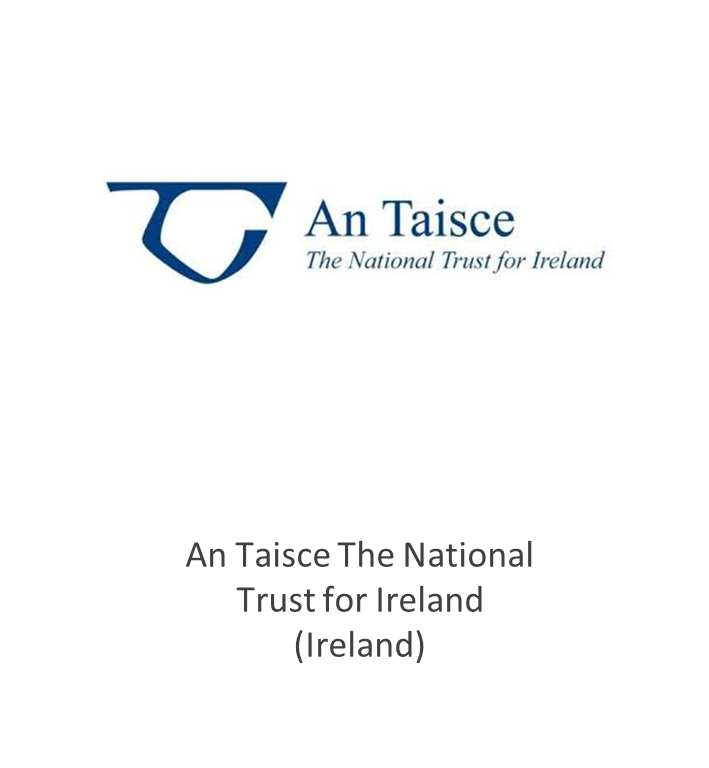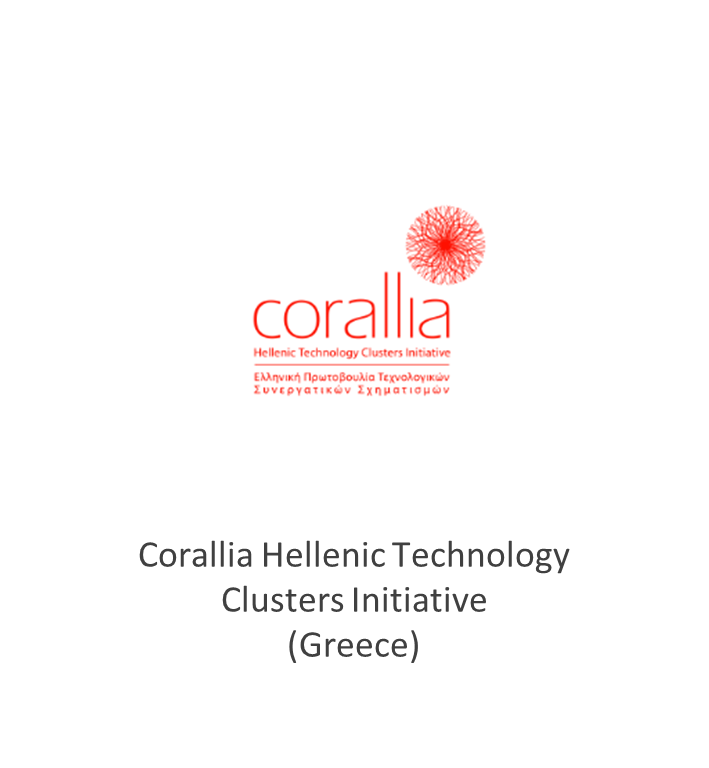Within the PULCHRA project, pupils from the elementary school Štefcova in Hradec Králové (Czech Republic) have decided to discover the green areas around their school. They wanted to learn about the insects that live there, the flowers that grow there and how to improve them and care for them to improve the biodiversity. They named their project PRATUM. Do you know why? You don’t? So read on.
Discovering life in unmowed areas
Technical services in Hradec Králové have decided to implement a new way of mowing green areas. The lawns will not be mowed all at once, but instead, they will be let to grow gradually and mowed alternately. This was an interesting thing to research for the pupils. They have identified sites where they will use research methods to find out whether this method of lawn management will help keep the green areas greener in times of drought and increase the number of insect species.
“Mr Josef Hotový from the Zoo in Dvůr Králové nad Labem taught us the correct technique of gathering invertebrates. We record the biodiversity of arthropods in the researched mowed and unmowed areas in comprehensive tables. When we collect more statistical data on biodiversity, we will also create graphs.”
– pupils participating in the PULCHRA project

Establishing a meadow for butterflies
Apart from the research, the pupils have decided that they would also like to improve the biodiversity in the vicinity of their school. In the school garden, they have established a flower meadow to provide suitable habitat and, above all, food for the increasingly fast disappearing butterfly species in the city. They are also trying to breed bumblebees. They have placed three homemade bumblebee houses made from waste materials in the school garden.
They have also extended the period between mowing the school lawns. A large part of the school garden – the vegetation in front of the building and in the old orchard – provides space for insects to feed and develop in an urban environment.
Monitoring from space
Thanks to Mr Josef Laštovička, an assistant from the Department of Applied Geoinformatics and Cartography of the Faculty of Science, Charles University, the students were intensively educated in the use of remote sensing data. Not only did they learn a new modern method, but they also applied their newly acquired knowledge in their project.
They use the available multispectral optical data to monitor the influence of the vegetation of the researched areas (public green areas Na Kotli, a small meadow in the school garden) on the local climate and the average temperature.
They intend to look into the development of vegetation during the last 30 years and to evaluate the impact of mowing the grass on the humidity of the soil. The pupils plan on comparing the data acquired through remote sensing with in-site field measurements. To map the green areas of the research areas, they intend to use a drone with a simple DIY multispectral camera. The research will be carried out under the leadership of Mr Alexander Prokop from the Technetium Science and Industry Center 4.0.
Informing the public
The school has assembled a team of reporters for the project. They promote the PRATUM project on Instagram and Facebook (https://www.facebook.com/projectpratum/). They write articles for the school website and the school magazine. They are going to make a video for the regional television and plan on writing an article for the magazine Radnice based in Hradec Králové. We are trying to attract the attention of the public to the project with information on bulletin boards and a banner created together with Ing. Jan Kouba, a graphic designer from the company DigiAge.
What’s next?
Next year, they intend to continue with the statistical assessment of the biodiversity in mowed and unmowed areas. They will continue to use data from remote sensing or the multispectral camera drone for comparison. They plan to carry out in-site measurements of the effect of vegetation on the local climate. They will also continue to care for the butterfly meadow and the bumblebees in the school garden. They plan to plant more honey-bearing plant species.
The pupils are looking forward to organizing garden festivals for the public to further promote the project.
* PRATUM is a Latin word that means MEADOW






























